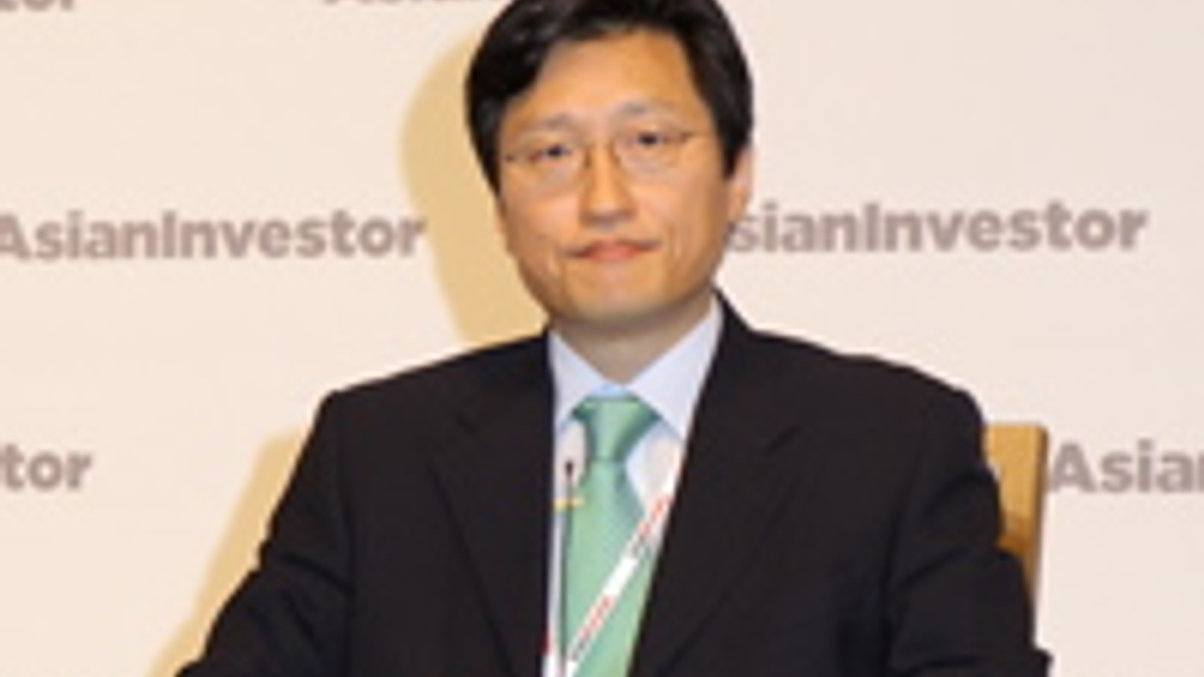Korean investors want EM debt, alts…some day
For many insurance companies, pension funds and banks, the need to diversify bond portfolios abroad is understood, but few seem prepared to act.

Several insurance company and bank investment officials in South Korea say they recognise the need to diversify bond portfolios to international assets, but are uncomfortable taking on the associated risks.
Sign in to read on!
Registered users get 2 free articles in 30 days.
Subscribers have full unlimited access to AsianInvestor
Not signed up? New users get 2 free articles per month, plus a 7-day unlimited free trial.
¬ Haymarket Media Limited. All rights reserved.


